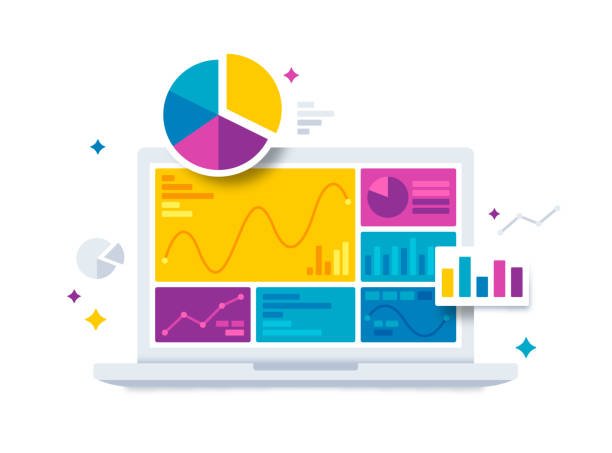Measuring Learning Metrics of Your Organizational

Measuring Learning Metrics – For a while now, learning has only been seen as finishing a course or going to a required training. But, do these measures really show success? How can big companies tell how well their learning programs are working? How can they use numbers to see if their learning programs are worth the money? How can they get employees to use what they’ve learned at work?
In this article, we will talk about 8 things that you can look at over time to see how well your new or ongoing learning and development projects are doing.
Read: 8 Critical Consequences of Ignoring Learning and Development in Organizations
Measuring Learning Metrics At All Levels
Benchmarking Goals
When starting a new way of learning, it’s important for organizations and their learning partners to work together to plan specific goals and results.
Every goal has a deadline, and it takes at least six months for the organizations we work with to start using the learning interventions we provide.
“Making a timeline for each goal is effective in helping managers as well as their training partners know when to check if the goal was attained, how it is measured, and the criterias to use to say the whole company achieved the goal.”
KPI Movement
One way to see if a learning program is working well is to connect it to goals for how well people do their job. Team leaders, HR managers, and employees must talk openly when deciding on their goals for the year.
Leaders are in a good position to find programs and learning solutions that are best for the organizations goals. Now is the best time to make learning even more valuable.
Implementation
Peter Senge’s way of thinking about systems is well known but not often used. Many organizations begin by looking at the smaller parts of a problem before figuring out how to solve it as a whole. They wait for everything to be in order before creating a plan to help them.
System Level Habits
For instance, if someone says “I quit smoking”, it can have a bigger effect on their mindset than saying “I do not smoke. ” This small change can also help us see how much people actually use what they learn from these interventions in their daily lives. Each manager needs to carefully watch for changes in behavior after the training.
If people have learned something important, they will probably talk about it at work or with other people.
Today, most schools and companies know that the best way to see if a learning program is working is by looking at the quality of it. This means they need to set up good systems to help people learn well.
Material Completion
Most measurements at the big picture level are difficult to connect to the learning solution, but individual measurements are easier to measure.
The first thing to consider is how quickly the learning material is finished. Out of 10,000 employees, if 6,000 complete their training, it sets a standard for the business.
The instructions for their study buddy, and the measurements of success, could request that “70% of all workers finish their optional training” as a new goal for learning achievement.
For required training, we can use data on when employees log in close to the end of the completion date. For instance, if most people wait until the last week to finish a three-month course, it shows that the business needs more support and maybe better material to show how important learning is.
Spot Learners Drop off Point
Adding on to measuring what students have learned, it is really helpful to find out where most people give up during a long learning program. Sometimes, not feeling interested enough can cause you to lose focus.
A good teacher can help you find ways to make the material more interesting. Also, if a lot of people are taking time off at the same time, you should think about whether this is when work is busiest, and change your study schedule.
Nowadays, not many organizations see Learning and Development as a way to measure its impact on employee happiness, keeping them, and business growth. This is not common.
If you haven’t already, call your learning partner and ask how they can help you make good learning plans for your new business needs. Also, remember to talk about the measurements of success.







